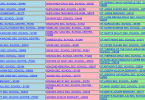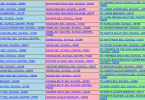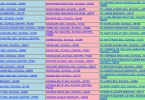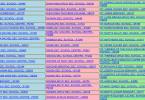Selous Game Reserve, all you need to know -With an area of 54,600 square kilometres made up of open woods, grassy plains, mountains, and forests, the Selous wildlife Reserve is the biggest protected wildlife reserve on the African continent. Frederick Selous Courtney, a renowned hunter and adventurer, is honoured by having this reserve bear his name. Safaris in the Selous are highly recommended; the reserve is three times larger than the Kruger National Park in South Africa and twice the size of Tanzania’s Serengeti National Park.
Established in 1922, this reserve was recognised as a UNESCO World Heritage Site in 1982 due to its unspoiled natural surroundings and abundant biological variety.
In 2019, the Tanzanian National Park Authority (TANAPA) suggested and announced renaming the northern portion of this reserve as The Nyerere National Park in remembrance of President Julius Nyerere, Tanzania’s first president.
Although the exact limits of Nyerere National Park are still being determined, it is thought that the park will include the photographic sector located in the reserve’s northern section and extend all the way to the River Rufiji wilderness area in the reserve’s southern region.
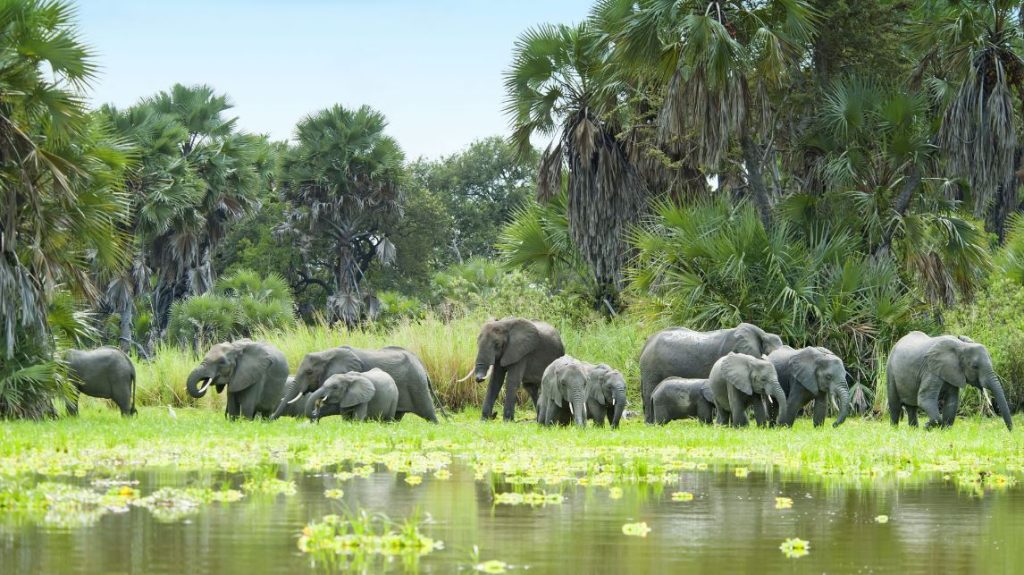
Where Is Selous Game Reserve Located?
Situated in the southern Tanzania safari circuit, the reserve provides an exceptional wildlife experience as well as the ideal way to avoid the heavy tourist throngs of northern safari hotspots like the Serengeti. It provides a variety of Selous Game Reserve Camps for lodging and is regarded as one of the county’s hidden jewels. It may take four hours to travel 219 kilometres to reach the reserve from Dar es Salaam, a bustling metropolis. Nyerere National Park Tanzania is the new name for the Selous Game Reserve.
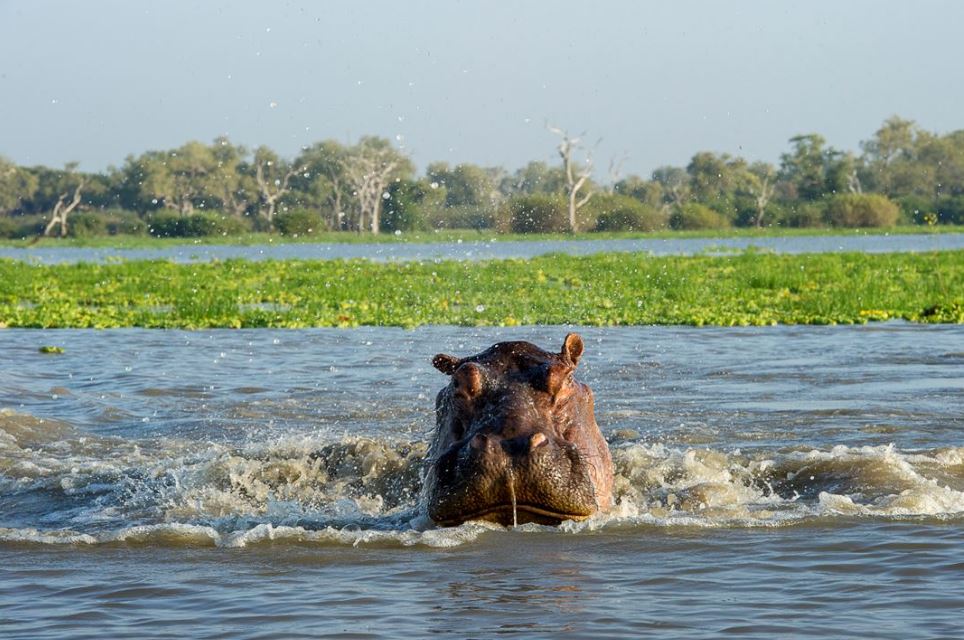
Regions Of Selous Game Reserve
The largest river in the nation, the Rufiji, flows through the middle of the Selous Game Reserve, where it joins other rivers to form a network of lakes, marshes, and channels that support a very unusual biological system. The river divides the reserve into the northern and southern Selous, which are its two main portions.
The Northern Selous: this region covers just about 5% of the total area of the reserve and hunting is completely prohibited in this area which has been exclusively set aside for photographic safaris. See, the best time to visit.
The southern Selous: the southern part of the river is separated into various hunting blocks each covering an area of approximately 1,000 square kilometers however we emphasize that we do not operate or even support wildlife hunting.

Wildlife In Selous Game Reserve
Within this national reserve, one can find a variety of wildlife mammals, including roughly 145,000 buffalo, 4,000 lions, 100,000 wildebeests, large herds of giraffes, 35,000 zebras, 40000 hippos, 250,000 impalas, numerous Lichtenstein’s hartebeests, waterbucks, elands, and bushbucks, as well as hyenas, leopards, and crocodiles.
In addition, this is one of the few wildlife reserves in Africa where you may see sable antelope, African wild dogs, and puku antelope. Elephant populations in the Selous have significantly decreased as a result of widespread poaching; nonetheless, guests on Selous safari vacations can still witness a huge number of elephants during game drives.

Birds In Selous Game Reserve
More than 445 different bird species have been found to call this game reserve home. These species have been found to reside in the various habitats within the reserve. For example, giant kingfishers, pink-backed pelicans, and African skimmer can be found near lake areas; along sandbanks, white-fronted bee-eaters, fish eagles, carmine, ibises, and palmnut vultures can be found. Other water birds include the purple-crested turaco, yellow-billed stork, trumpeter hornbill, white-crowned spur-winged plovers, malachite kingfishers, and a variety of tiny waders. Several migrating species are also present.

How Much Is A Selous Game Reserve Safari?
The cost of a safari in the Selous ranges from $500 to $1500 per person per day or night. In general, the kind of lodging you choose and the length of time you want to spend on your safari will have a big impact on the price of your Selous Safari. Overall, the cost of lodging in the Selous ranges from $400 per person per night for budget accommodations to $1,500 per person per night for luxurious accommodations.
The many activities you plan to partake in, such as a $500 hot air balloon safari in the Selous, are other elements that might impact the cost of your safari.
What Is The Park Entrance Fee To The Selous Game Reserve?
The Selous park admission costs were updated for adults and children. Adults now pay $50 per day, up from $30 per day, while children pay $30 per day. However, in addition to the current concession cost, an additional $25 per day is now charged.
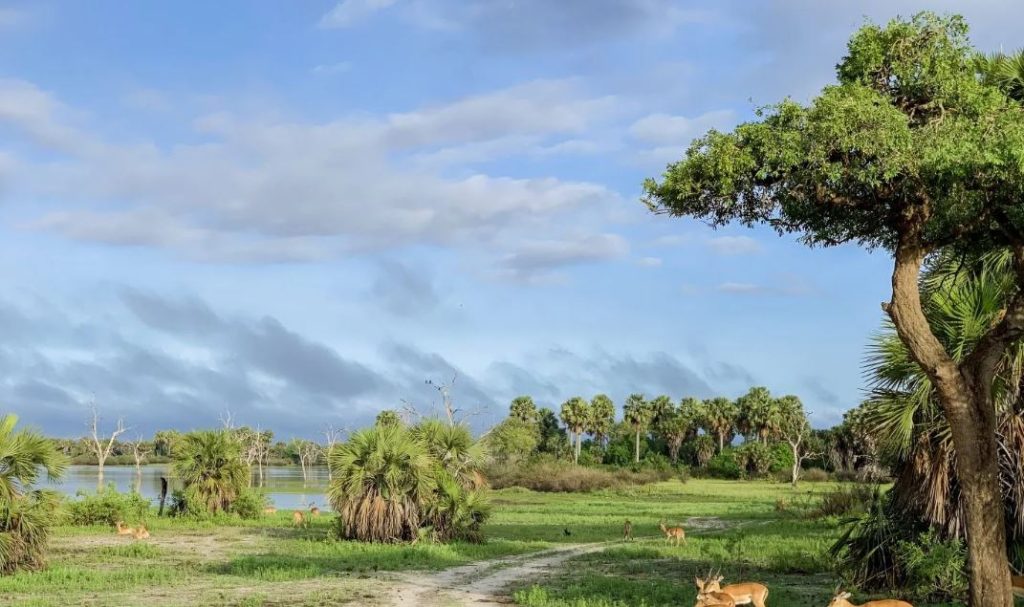
How To Get To Selous Game Reserve
By air transport: Selous Game Reserve can easily be accessed by air transport with any of the local aircrafts connecting from Ruaha as well as Dar es Salaam. It is about a 90 minutes flight from Ruaha and 45 minutes flight from Dar es salaam City.
By road transport: Can also be accessed by road with a trip connecting from Dar es salaam which made follow the normal safari route through Mikumi National Park and then you can reach the park through Matambwe Gate. This journey which could take about 4 hours covering a distance of 220 km is another option.
By railway transport: on a railway system using the Tanzania Zambia railway AZARA begins from the Dar Es Salaam and takes you across the wilderness all the way to Matambwe.
Selous Game Reserve Packages 2020 / 2021 / 2022
3 Day Fly in Safari to Selous Game Reserve
Day 1: Zanzibar / Dar Es Salaam
Day 2: Selous Game Reserve
Day 3: Zanzibar / Dar Es Salaam
Average Cost: $ 1,162 per person
7 Day Wild South Selous, Ruaha
Day 1: Dar Es Salaam
Day 2-3: Selous Game Reserve
Day 4-6: Ruaha National Park
Day 7: Dar Es Salaam
Average Cost $3,900 per person
Other Destinations & African Safaris
Visiting Tanzania for great wildlife experience is very rewarding. There are various safari options that you can choose, for example you can take on the wildbeest migration safari which happens between July to September. You may visit Rwanda and Uganda for gorilla trekking safaris. Kenya for wildlife tours in Masai Mara.


